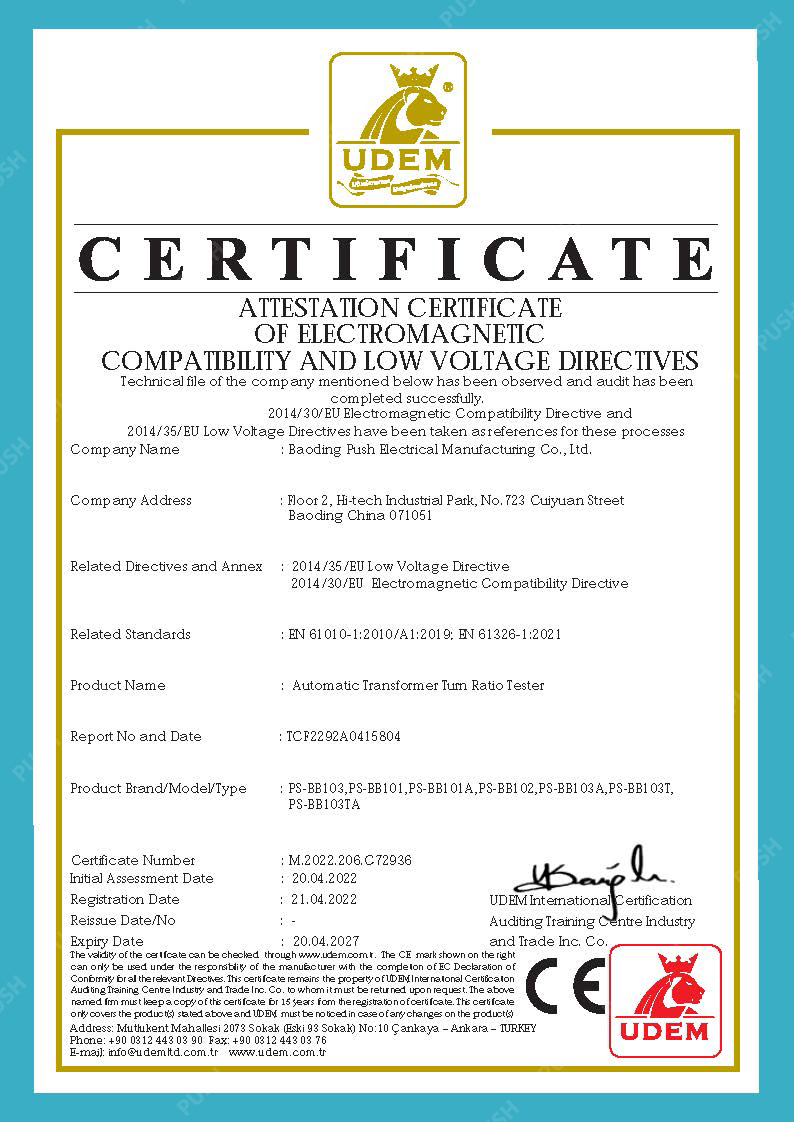 English
English


Innovative Approaches to Coulometric Titration for Precise Chemical Analysis Techniques
Coulometric Titration An Overview
Coulometric titration is an electrochemical analytical technique used to determine the concentration of a substance in a solution through the measurement of electric current. This method is particularly effective in scenarios where traditional volumetric titration may prove inefficient or impractical, such as in the analysis of trace metals or organic compounds with high precision. The process involves the generation of titrant through electrolysis, which is then used to react with the analyte. This article delves into the principles, methodology, advantages, and applications of coulometric titration.
Principles of Coulometric Titration
The fundamental principle behind coulometric titration is Faraday's law of electrolysis, which states that the amount of substance transformed at an electrode during electrolysis is directly proportional to the total electric charge passed through the solution. In coulometric titration, the titrant is generated in situ by electrochemical reactions, rather than being added from a standard solution.
In a typical coulometric titration setup, two electrodes are immersed in the solution containing the analyte. A constant electric current is applied, which causes the titrant to be produced at one of the electrodes (often the working electrode) through an electrolytic process. As the titration proceeds, the current is monitored, and the amount of charge passed is used to calculate the moles of the titrant produced. This information can then be employed to determine the concentration of the analyte based on the stoichiometry of the reaction.
Methodology
Coulometric titration typically involves the following steps
1. Preparation The sample solution is prepared, and the appropriate titration system, including a potentiostat for controlling the current, is assembled.
2. Electrolysis A known current is applied to the electrolyte solution, leading to the generation of the titrant. This can be a reduced or oxidized species, depending on the nature of the analyte being analyzed.
3. Titration Reaction As the titrant is produced, it reacts with the analyte. The progress of the reaction is monitored by measuring the potential or current, allowing for real-time assessment of the reaction until the endpoint is reached.
4. Data Analysis The total charge passed is recorded, and calculations are performed to quantify the concentration of the analyte based on the amount of titrant generated.
Advantages of Coulometric Titration
Coulometric titration offers several advantages over traditional titration methods
coulometric titration

- Precision and Accuracy The ability to generate titrants in situ leads to high accuracy, making it suitable for analyses requiring precision, such as pharmaceutical testing and environmental monitoring.
- Reduced Risk of Contamination Since the titrant is generated on-site, there is less risk of contamination compared to handling standard solutions.
- High Sensitivity Coulometric titration can detect very low concentrations of analytes, often in the parts per million (ppm) or lower range.
- Dynamic Range The technique is adaptable to a wide range of concentrations, making it a versatile choice for various applications.
Applications
Coulometric titration is employed in various fields, including
- Pharmaceuticals To quantify active pharmaceutical ingredients and ensure compliance with stringent regulatory standards.
- Environmental Monitoring In analyzing pollutants and trace metals in water and soil samples.
- Food Chemistry To measure the concentration of preservatives and additives, ensuring food safety.
- Quality Control In manufacturing processes to determine the purity and concentration of raw materials and products.
Conclusion
Coulometric titration is a powerful analytical technique that leverages electrochemical principles to achieve high precision and sensitivity in quantitative analysis. Its unique approach of generating titrants in situ makes it extremely valuable in a range of applications from pharmaceuticals to environmental science. As technology continues to evolve, coulometric titration is likely to see further advancements, enhancing its capabilities and expanding its potential applications in various industries.
-
Differences between open cup flash point tester and closed cup flash point testerNewsOct.31,2024
-
The Reliable Load Tap ChangerNewsOct.23,2024
-
The Essential Guide to Hipot TestersNewsOct.23,2024
-
The Digital Insulation TesterNewsOct.23,2024
-
The Best Earth Loop Impedance Tester for SaleNewsOct.23,2024
-
Tan Delta Tester--The Essential Tool for Electrical Insulation TestingNewsOct.23,2024





